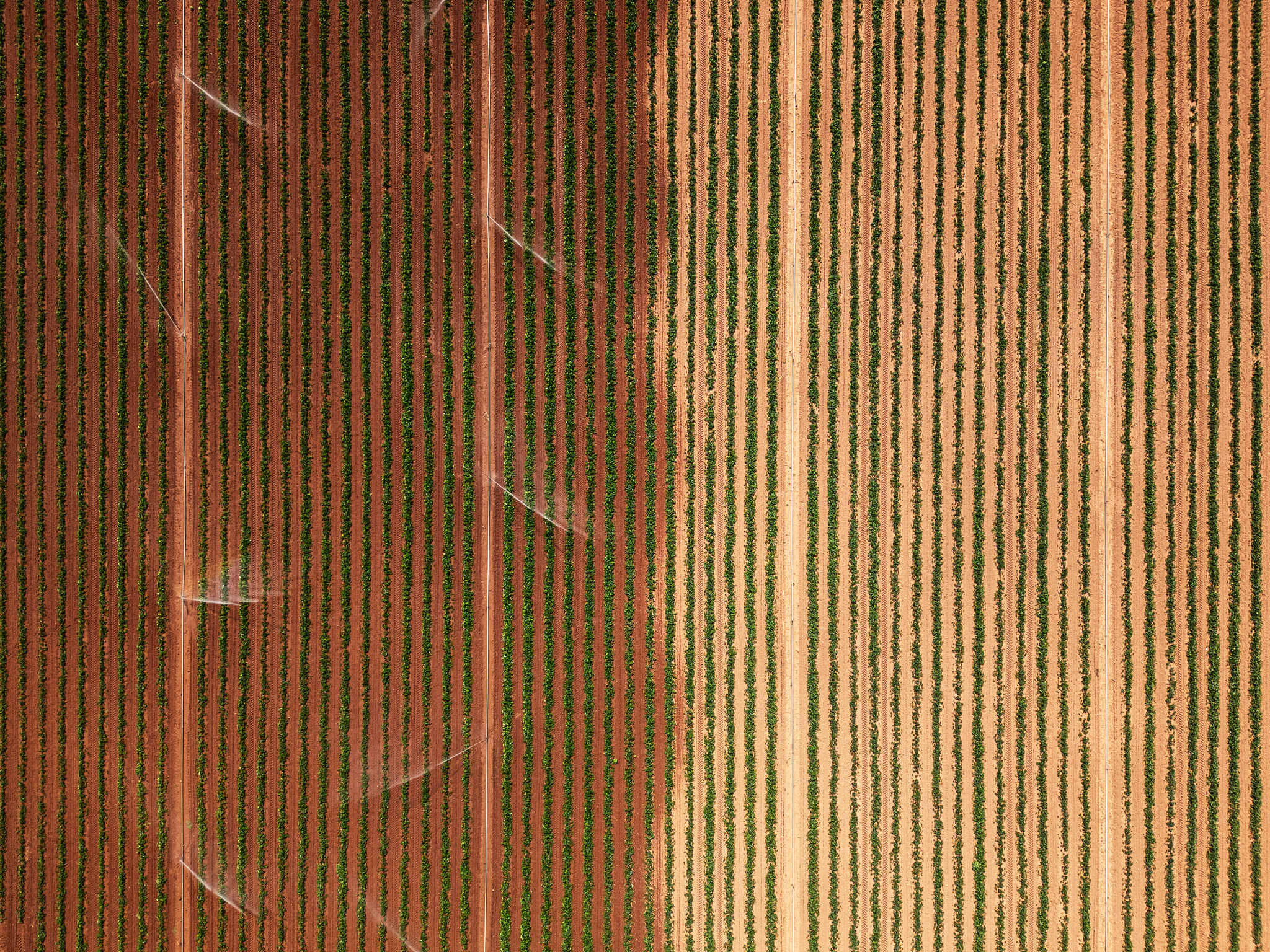The Ultimate Guide to Landscape Soil Screening: Benefits and Process
Understanding Landscape Soil Screening
Landscape soil screening is an essential process that helps in separating fine particles from larger debris, ensuring a more uniform and fertile soil. This process is crucial for both amateur gardeners and professional landscapers aiming to create a healthy environment for plant growth. Soil screening can significantly enhance the quality of your garden, leading to more robust plants and a more aesthetically pleasing landscape.

Benefits of Soil Screening
One of the main benefits of soil screening is the removal of large rocks, sticks, and other debris that can hinder plant growth. By eliminating these obstacles, roots can spread more easily, and plants can absorb nutrients more effectively. Additionally, screened soil ensures better drainage, reducing the risk of waterlogging and root rot.
Improved soil aeration is another advantage. When soil is screened, it becomes less compact, allowing air to circulate around the roots. This process is vital for the healthy development of plants, as it supports the exchange of gases necessary for growth.
The Soil Screening Process
The process of soil screening involves using a mesh or screen to filter out unwanted materials. Depending on the size of the particles you wish to remove, different screen sizes can be used. The screening can be done manually with a handheld sieve or mechanically with a powered soil screener for larger projects.

Step-by-Step Guide
- Gather Materials: Obtain a screen or mesh with the desired hole size. You will also need a shovel and a wheelbarrow for collecting the screened soil.
- Prepare the Area: Choose a flat and stable surface to set up your screening operation. Ensure there's enough space for your equipment and materials.
- Screen the Soil: Place the screen over a container or directly onto the ground. Shovel soil onto the screen and shake or sift it back and forth to separate fine soil from debris.
- Collect and Use: Once screened, collect the fine soil in a wheelbarrow or container. Use it immediately in your garden or store it for future projects.
When to Screen Your Soil
The best time to screen soil is during dry weather. Wet soil can clump together, making it difficult to separate fine particles from larger debris. Additionally, screening soil in dry conditions minimizes the risk of mud or sludge building up on your equipment, which can be challenging to clean.

Applications of Screened Soil
Screened soil is incredibly versatile and can be used in various landscaping applications. It is perfect for creating flower beds, vegetable gardens, and lawns. The uniform texture of screened soil ensures even growth and makes planting easier.
Moreover, screened soil is ideal for topdressing lawns as it provides a smooth layer that promotes new grass growth. It can also be used in potting mixes, providing an excellent base for container gardening.
Conclusion
Incorporating soil screening into your landscaping routine can yield significant benefits for your garden. From improved plant health to enhanced aesthetic appeal, the advantages are numerous. Whether you're managing a small backyard garden or a large-scale landscaping project, understanding and implementing soil screening can make a substantial difference in your results.